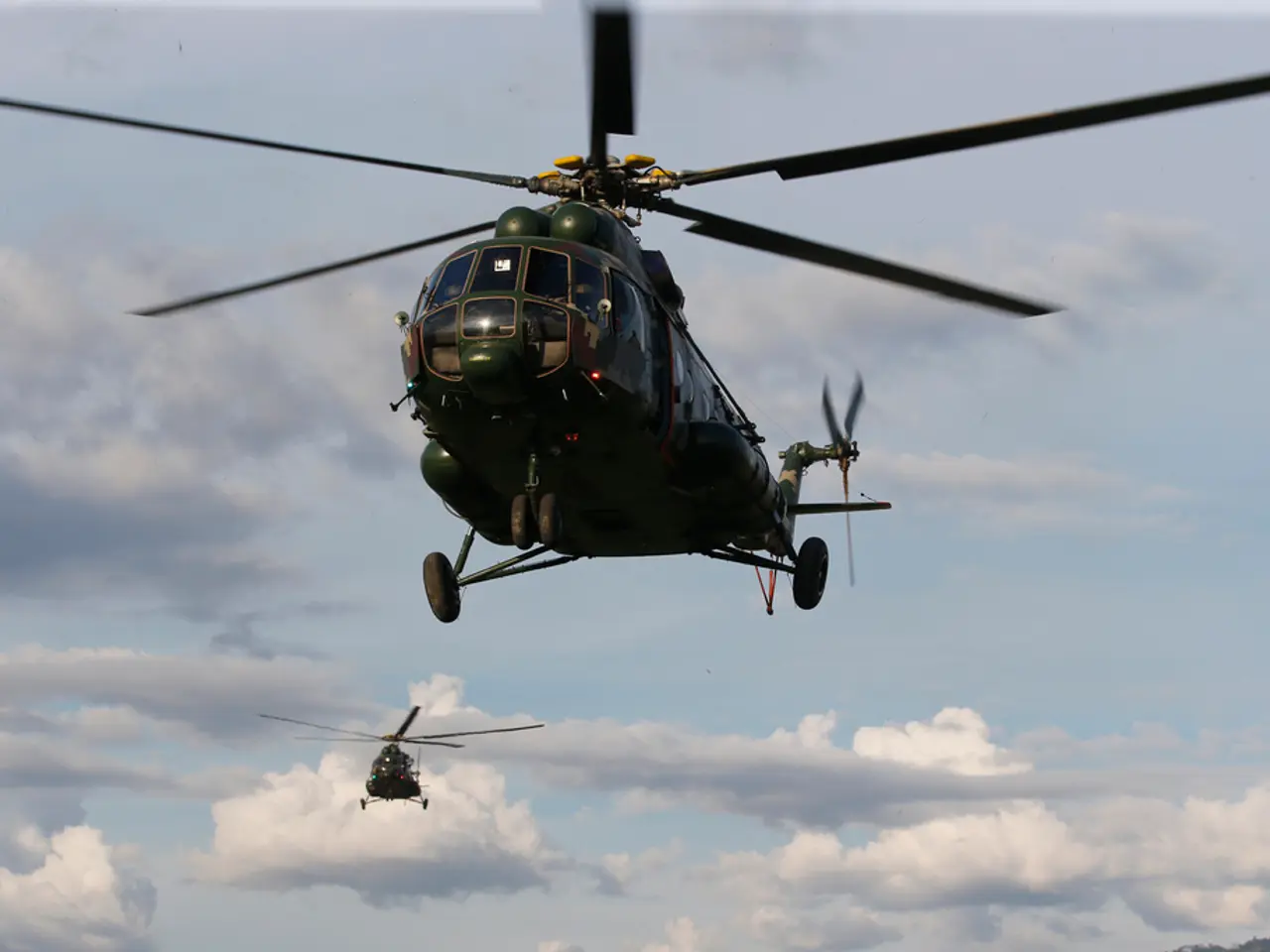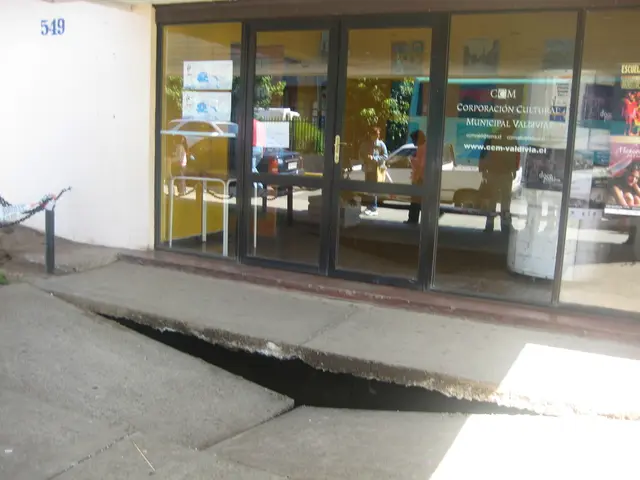Radar Advancements Through Aviation History
In the realm of military aviation, the evolution of Active Electronically Scanned Array (AESA) radars signifies a significant leap in technology from traditional radar systems to highly capable, multifunctional sensors. This advanced radar technology has been instrumental in enhancing fighter aircraft performance.
**Timeline and History of AESA Radars in Military Aviation:**
The journey of AESA radars in military aviation began in the early 1900s with the invention of the Telemobiloscope, a device that could detect ships using radio waves. However, it was not until the 1940s that radars started making a significant impact in aviation, with the invention of the Plan Position Indicator (PPI) radar, which could help predict the possible position of an aircraft.
Traditional radars on fighter aircraft were mechanically scanned, limiting their speed, reliability, and capabilities. The introduction of phased array radar allowed beams to be steered electronically but was often passive (PESA). The development of AESA radars, which use multiple small transmit/receive modules that can independently control the beam without moving parts, marked a significant leap. This technology enables faster scanning, improved target tracking, low probability of intercept, and enhanced resistance to jamming.
Key milestones in the development of AESA radars include the AN/APG-81 AESA radar, developed by Northrop Grumman and used on the F-35A Lightning II. This radar offers long-range air-to-air and air-to-ground targeting with integrated electronic warfare and sensor fusion. The F-35 program began first flights in 2006, with Initial Operational Capability declared in 2016 and full-rate production authorized in 2024.
In India, the Uttam AESA radar is a significant indigenous development led by DRDO and integrated into the HAL Tejas Mk1A fighter. The project initiated in 2008 and development began in 2012. By 2019, a fully functional AESA prototype was revealed, and by 2023, the technology was transferred to Hindustan Aeronautics Limited for manufacturing. The Uttam radar is about 95% indigenous and solves integration issues with modern weapons like the Astra missile.
**Summary of Evolution Steps:**
| Period / Event | Development / Description | |-------------------------|----------------------------------------------------------------------------| | Pre-1980s | Mechanically scanned radars dominate; limited range and speed | | 1980s - 1990s | Introduction of PESA radars with electronic beam steering | | 2000s - Present | AESA radars developed, offering multi-functionality, high reliability, and networked sensor fusion | | 2006 onwards | F-35 program integrates AN/APG-81 AESA radar, a benchmark in fighter radars[1] | | 2008 - 2023 | Development of indigenous Indian Uttam AESA radar, integrated into Tejas Mk1A[4][2] |
**Key Development Features and Impacts:**
AESA radars have revolutionized fighter avionics by enabling simultaneous air-to-air and air-to-ground modes, with improved resolution and lower detection risk. They enable advanced electronic warfare and sensor fusion capabilities, making fighters like F-35 and LCA Tejas more lethal and survivable. Development efforts often span decades, integrating multiple technologies and overcoming complex challenges in software and hardware.
This timeline and evolution highlight how AESA radars have become central to modern military aviation, transitioning from early rudimentary radar systems to sophisticated active electronically scanned arrays that underpin the latest generation of fighter aircraft worldwide. The history of AESA radars is a testament to human ingenuity and technological advancement, shaping the future of military aviation.
[1] Northrop Grumman. (n.d.). AN/APG-81 AESA Radar. Retrieved from https://www.northropgrumman.com/capabilities/autonomous-systems/radar-systems/an-apg-81-aesa-radar/ [2] Hindustan Aeronautics Limited. (n.d.). Uttam AESA Radar. Retrieved from https://www.hal-india.com/Programs/Uttam-AESA-Radar.aspx [4] DRDO. (n.d.). Uttam AESA Radar. Retrieved from https://www.drdo.gov.in/research-and-development/uttam-aesa-radar
In the realms of both military aviation and aerospace technology, the development of Active Electronically Scanned Array (AESA) radars marks a significant milestone. This cutting-edge radar technology, instrumental in enhancing fighter aircraft performance, has also impacted the finance sector, as large investments are required for research, development, and manufacturing of these advanced systems. Furthermore, the evolution of AESA radars has expanded beyond military applications and seeped into the civilian field, demonstrating the potential for future advancements in the industry.








